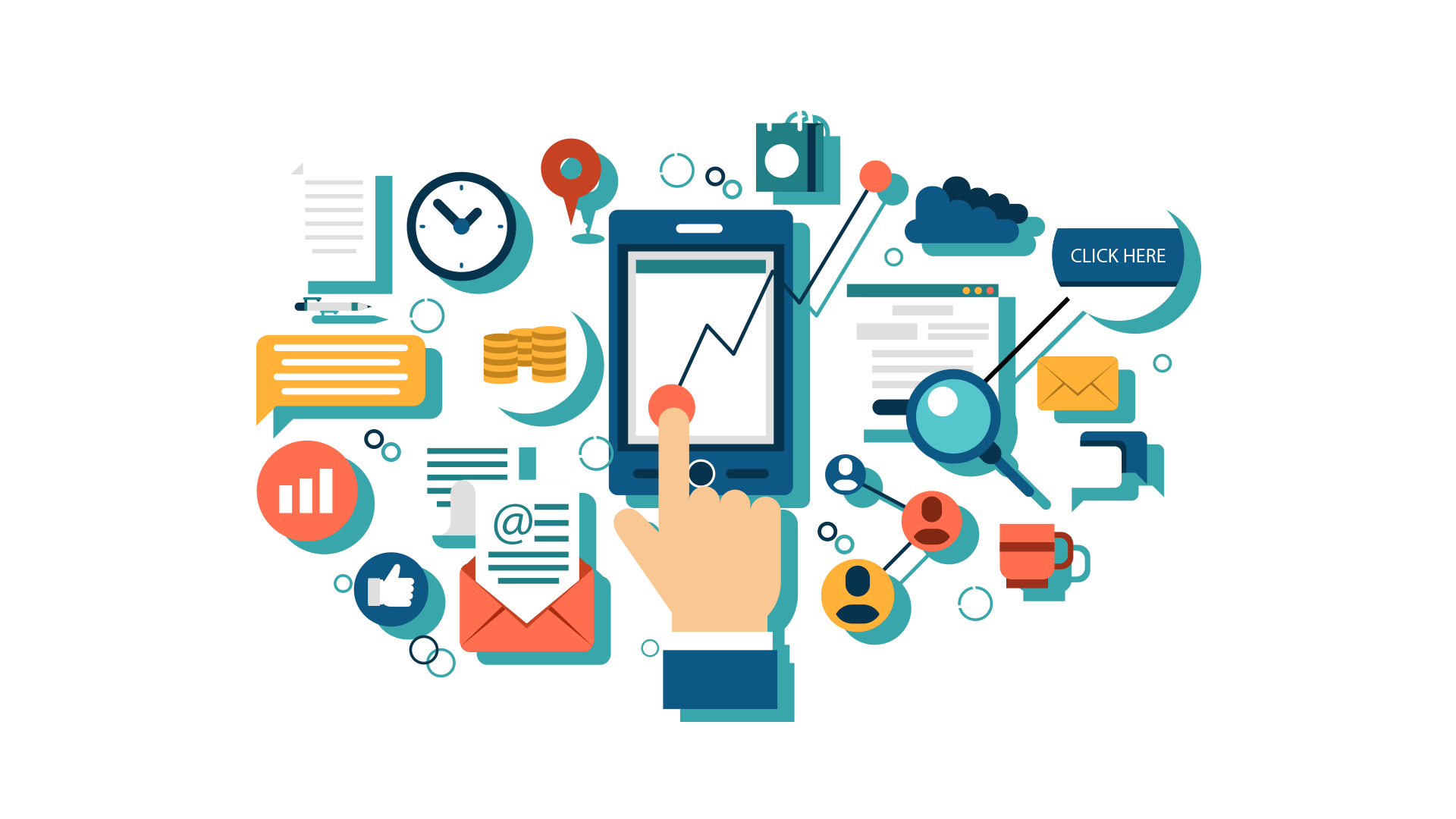Digital Marketing – where content is king Jun 12, 2019
Outsource your marketing Part III

Did you know that content is now the key part of the google algorithm? If your websites sits there, static and unmoving, for month, the google algorithm will start to skip over it in search of more interesting and newer content for that search term.
So if you have an intern or a random employee doing your social media updates its probably time to start taking digital marketing more seriously. Where do your new clients and customers come from and how do they find you? If your answer to this is your website and google then digital marketing is vital for you. If new customers are few and far between, then your digital marketing strategy is all but non-existent.
So what is digital marketing?
Digital marketing is the use of numerous digital tactics and channels to connect with customers where they spend much of their time: online. From the website itself to a business’s online branding assets — digital advertising, email marketing, online brochures, and beyond — there’s a spectrum of tactics that fall under the umbrella of “digital marketing.”
Apart from your up-to-date website, some digital marketing examples includes the following:
Content Marketing
This is the creation and promotion of content for the purpose of generating brand awareness, traffic growth, lead generation, and customers. The channels include
- Blog posts: Writing and publishing articles helps you demonstrate your industry expertise and generates organic search traffic for your business.
- Ebooks and whitepapers: Ebooks, whitepapers, and similar long-form content helps further educate website visitors.
- Infographics: Infographics are a form of visual content that helps website visitors visualize a concept you want to help them learn.
Search Engine Optimisation (SEO)
This is the process of optimizing your website to “rank” higher in search engine results pages, thereby increasing the amount of organic (or free) traffic your website receives. The channels that benefit from SEO include websites, blogs, and infographics. SEO includes:
- On page SEO: This focuses on all of the content that exists “on the page” when looking at a website.
- Off page SEO: This involves inbound links, also known as backlinks – the number of publishers that link to you, and the relative “authority” of those publishers. By networking with other publishers, writing guest posts on these websites and generating external attention, you can earn the backlinks you need to move your website up in the rankings.
- Technical SEO: This is the backend of your website, and how your pages are coded. Image compression, structured data, and CSS file optimization along with page load speed are all important.
This practice promotes your brand and your content on social media channels to increase brand awareness, drive traffic, and generate leads for your business. The channels you can use in social media marketing include:
- InstagramSnapchat
Per per Click (PPC)
PPC is a method of driving traffic to your website by paying a publisher every time your ad is clicked. Google Ads is the most common – it allows you to pay for top slots on Google’s search engine results pages at a price “per click” of the links you place. Other channels where you can use PPC include facebook, twitter and LinkedIn.
Email Marketing
Companies use email marketing as a way of communicating with their audiences. Email is often used to promote content, discounts and events, as well as to direct people toward the business’s website. The types of emails you might send in an email marketing campaign include:
- Blog subscription newsletters
- Follow-up emails to website visitors who downloaded something
- Customer welcome emails
- Holiday promotions to loyalty program members
- Tips or similar series emails for customer nurturing
Online PR
This is the practice of securing e coverage with digital publications, blogs, and other content-based websites. It’s much like traditional PR, but in the online space. The channels you can use to maximize your PR efforts include reporter outreach via social media, engaging in reviews of your company (for example in google reviews) and engaging on your website, blog or social media.
Is digital marketing an unknown and frightening monster? Do you understand its importance but don’t have the resources to deal with it properly? SBA can help with a thorough examination of your marketing requirements and all the human resources with the right skills for your campaigns.
